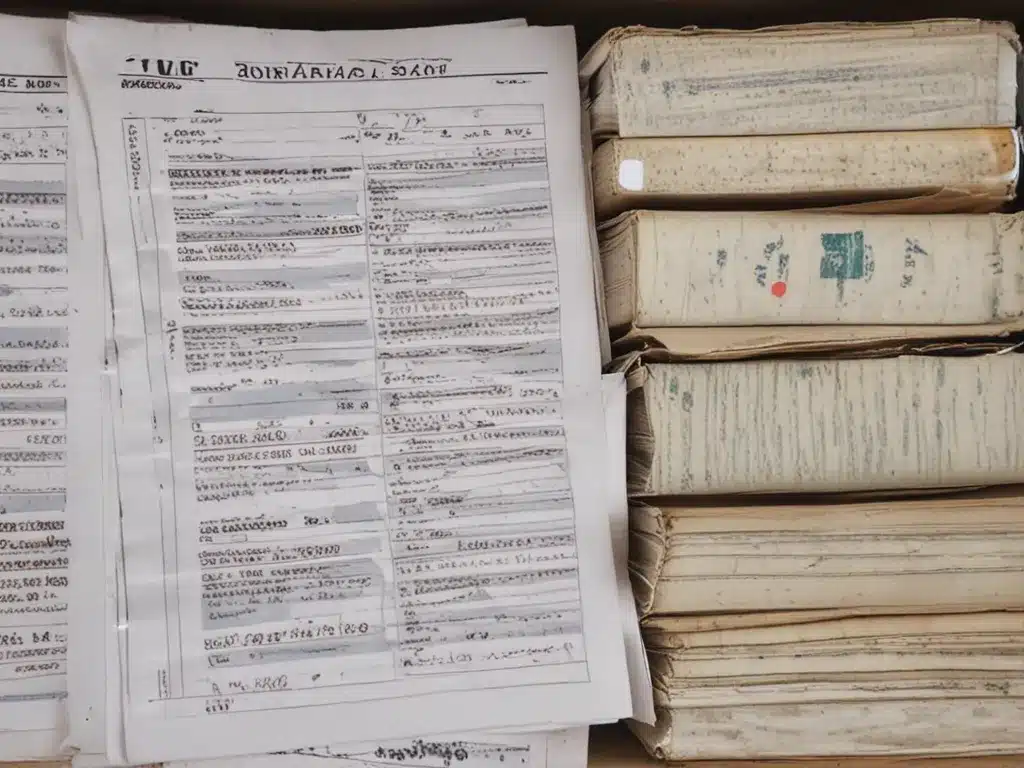Introduction
Spring is here, and there’s no better time for an annual financial cleanse. Organizing important documents and records can give you a fresh perspective on your finances and help you achieve your goals. As part of my own financial spring cleaning this year, I will be taking stock of the paperwork and files related to my money management. Here’s how I plan to declutter my documents and records for a clean start.
Review Financial Goals
Before diving into paperwork, I first review my financial goals for the year. This helps provide focus and motivation for organizing documents in a way that supports my objectives. My goals include:
- Increasing retirement savings by 10%
- Paying off $5,000 in credit card debt
- Building an emergency fund with 3-6 months’ expenses
With these top priorities in mind, I know which documents deserve the most attention.
Gather All Paperwork in One Place
Next, I gather all financial paperwork, files, and records in one central location. This includes:
- Bank and investment statements
- Tax returns
- Insurance policies
- Bills and receipts
- Retirement plan information
I collect paperwork from desks, file cabinets, my car – anywhere important documents may be scattered. Seeing it all in one place gives me a full picture of what needs to be sorted.
Sort Into Categories
Now for the sorting. I divide paperwork into logical categories based on:
- Time period – current year, previous years
- Frequency – monthly, quarterly, annual
- Topic – income, taxes, investments, insurance
This makes it easier to file and find documents later. I also label and date folders or storage boxes for each category.
Purge What You Don’t Need
An important step is purging unnecessary paperwork. As a general rule, I get rid of any statements, bills or receipts more than 7 years old. Exceptions include tax returns and documents related to home purchases, which I hold onto longer.
I also ditch any duplicate or outdated paperwork. Shredding these documents helps prevent identity theft and protects my privacy.
File in Logical Order
With a clean stack of papers, it’s time to file. I organize documents with the newest on top and oldest at the bottom. This makes it easy to quickly access current records while still retaining older paperwork I need.
I also file sequentially within each folder – for example, monthly bank statements are ordered chronologically. Dated dividers help segment content.
Store Digitally
In addition to physical filing, I store key documents digitally by scanning or saving electronic versions. I back these up on an external hard drive and cloud storage.
Digital copies of crucial paperwork like tax returns, insurance policies, and financial statements help me access info easily while also ensuring I have backups.
Maintain Throughout the Year
While this thorough financial cleanse feels great, maintaining organization is essential. I set reminders to routinely purge outdated or unnecessary paperwork.
I also file new documents immediately rather than letting stacks accumulate. And I update digital backups of key paperwork every quarter.
Enjoy a Fresh Start!
With properly organized financial documents, I feel equipped to tackle my money goals. Pruning paperwork clears out clutter so I can focus on what matters most. I’m motivated by this clean slate to make smart money moves. A little spring cleaning sets the stage for financial growth all year long.







